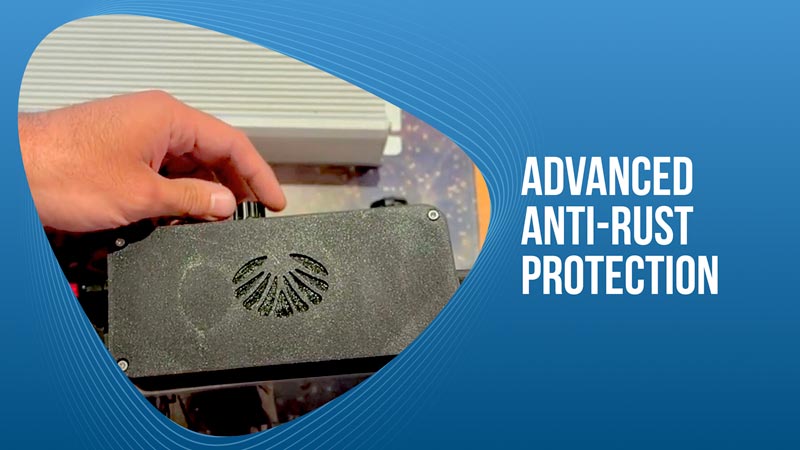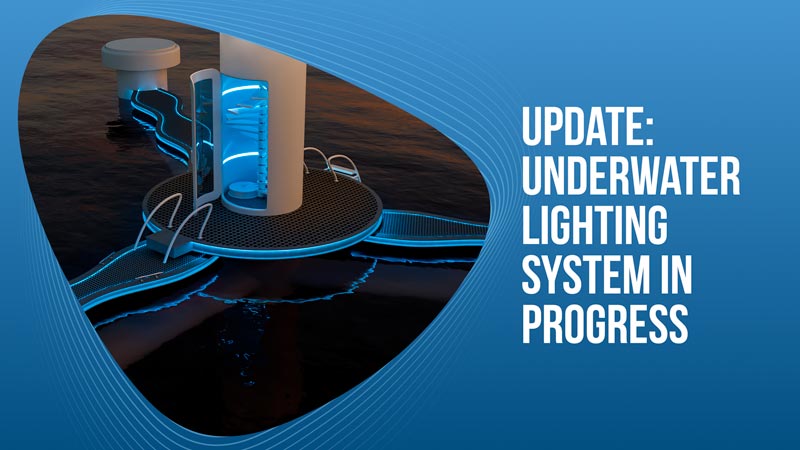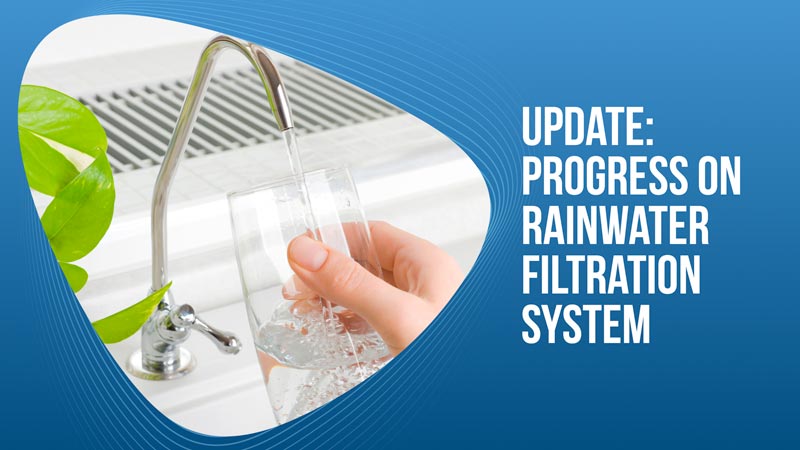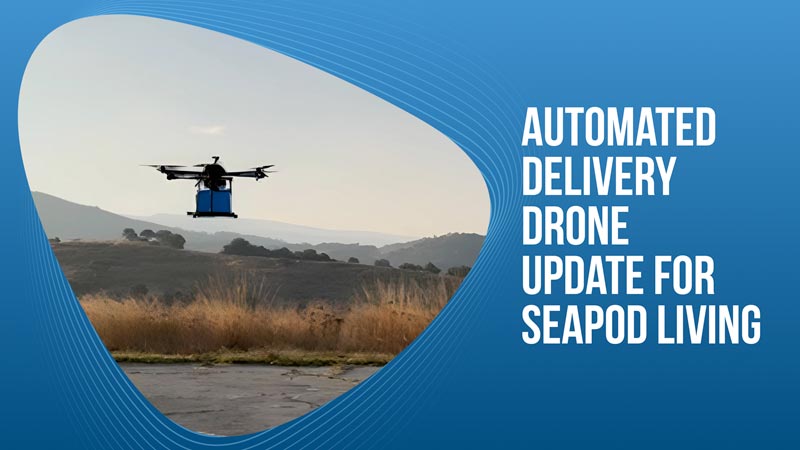
When it comes to protecting the superstructure of the SeaPod, ensuring the longevity and stability of the materials used is crucial.
Enter Impressed Current Cathodic Protection, a cutting-edge solution designed to safeguard metal structures from the relentless threat of corrosion.
In this post, we’ll take a closer look at this system, specifically the latest version, which has been refined for even greater efficiency and durability.
The System Breakdown
An impressed current cathodic protection controls the corrosion of a metal surface by making it the cathode of an electrochemical cell.
The heart of the system is its power supply, a marine-grade unit designed to withstand the harshest environments. With a lifespan of up to 25 years, this component is passively cooled, meaning it operates without fans, reducing maintenance needs and increasing reliability.
Custom Ocean Builders Controller
Next up is the custom-built Ocean Builders controller, a clever piece of technology that manages the system’s operations. This controller is connected to both the power supply and the structure it’s protecting. It includes a reference cell that monitors the system’s performance, ensuring that the correct voltage is applied to prevent corrosion.
Voltage regulation is a critical aspect of the system. The amount of voltage injected into the structure is adjustable, allowing for precise control depending on the structure’s mass. This adjustment can be made manually using a potentiometer or digitally through an integrated control interface.
How It Works
The Impressed Current Cathodic Protection (ICCP) System is designed to prevent corrosion of metal components. The system utilizes a zinc reference electrode to accurately monitor and adjust the protection level. In our demonstration setup, we’re protecting a piece of cast iron using an aluminum anode; however, the SeaPod is equipped with more advanced MMO/Titanium anodes for enhanced corrosion protection.
As the system runs, it constantly measures the voltage between the reference electrode and the structure. For example, cast iron typically shows a potential of around 370 millivolts, a value that indicates its natural state in seawater.
Automatic Mode and Corrosion Control: When the system is in automatic mode, it adjusts the voltage applied to the structure to reach a target protection level. For instance, if the target is set to -0.2 volts, the system will gradually increase the current to polarize the structure, lowering the voltage and thus protecting it from corrosion. The more negative the voltage, the better the protection, up to a certain point.
The system’s interface provides real-time data on various parameters, such as the corrosion state (for instance, 89% corrosion) and the current being injected. This data is crucial for monitoring and adjusting the system to ensure optimal protection.
Achieving Balance
In this demonstration, the system successfully stabilized at a protection voltage of -0.2 volts. However, if a different set point is chosen, such as -0.5 volts, the system would adjust accordingly, increasing the current to reach the new target.
One of the key benefits of this system is its ability to promote marine growth on the structure by generating calcium deposits. This is particularly beneficial for underwater structures, as it enhances their durability and integration into the marine environment.
Final Thoughts
This Impressed Current Cathodic Protection System represents a significant advancement in corrosion protection technology. By automating the process and allowing for precise control of voltage levels, this system ensures that structures are adequately protected for decades to come. Whether underwater structures, or any metal component exposed to harsh environments, this system offers a reliable and efficient solution to the age-old problem of corrosion.



